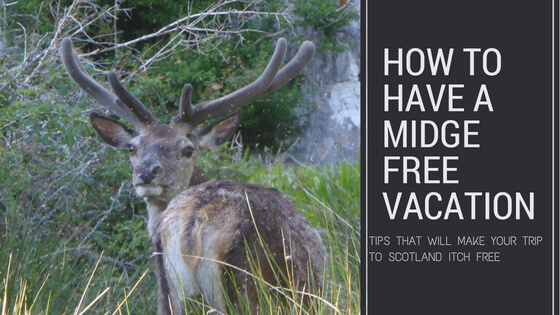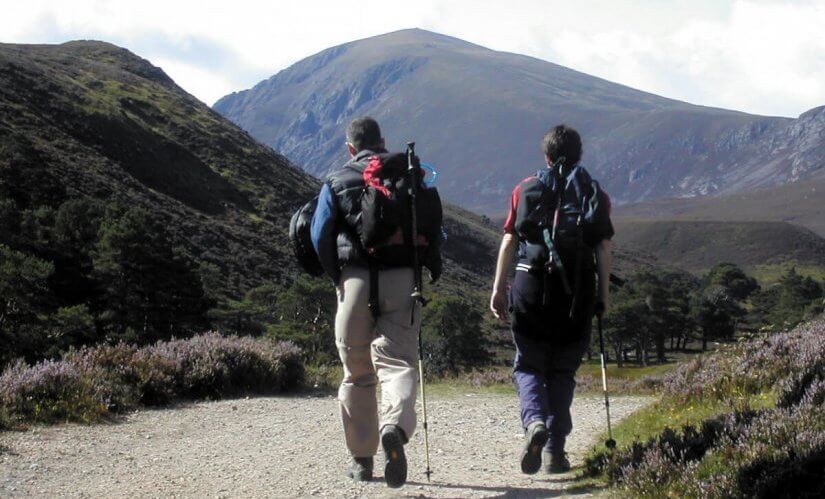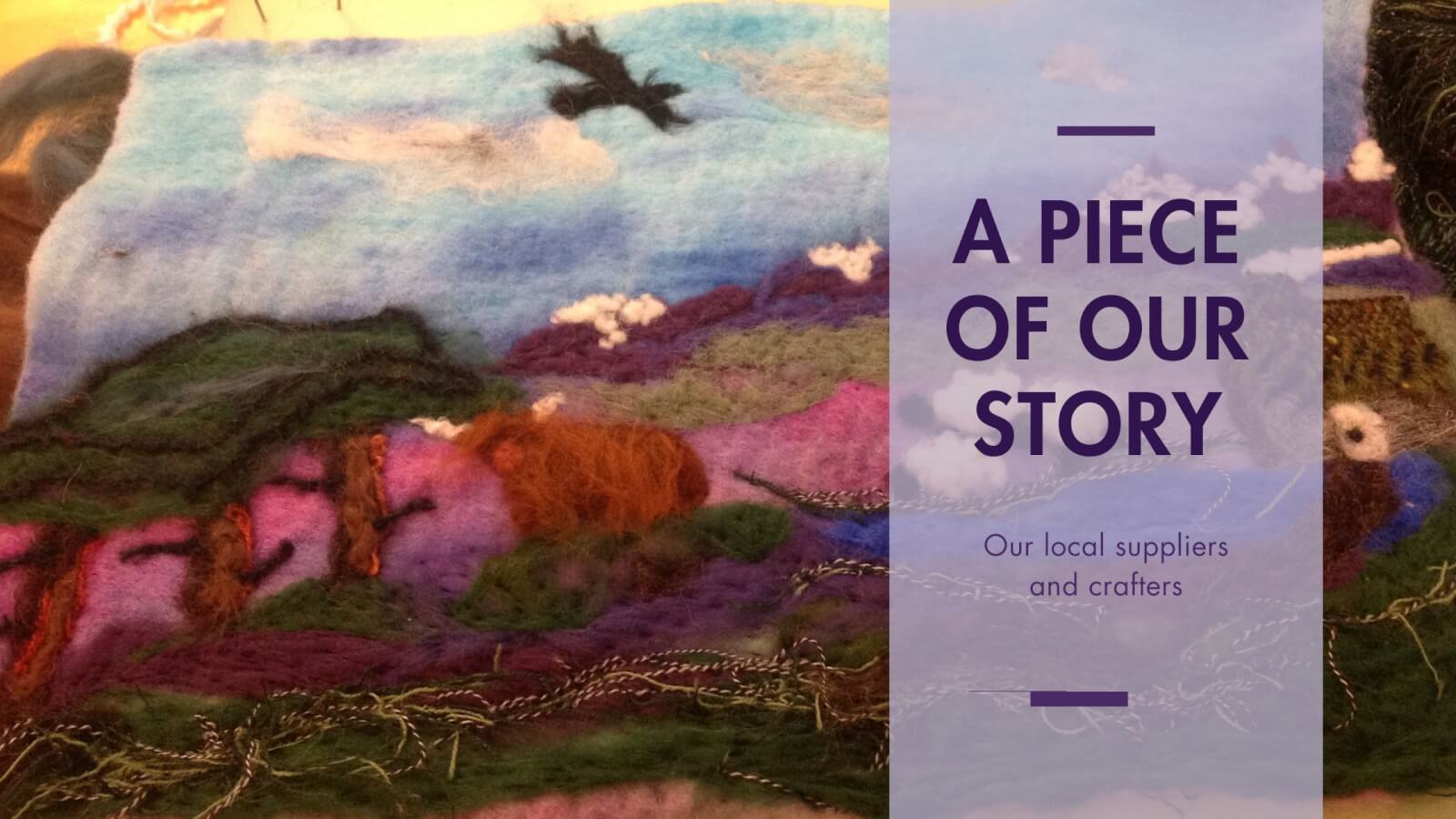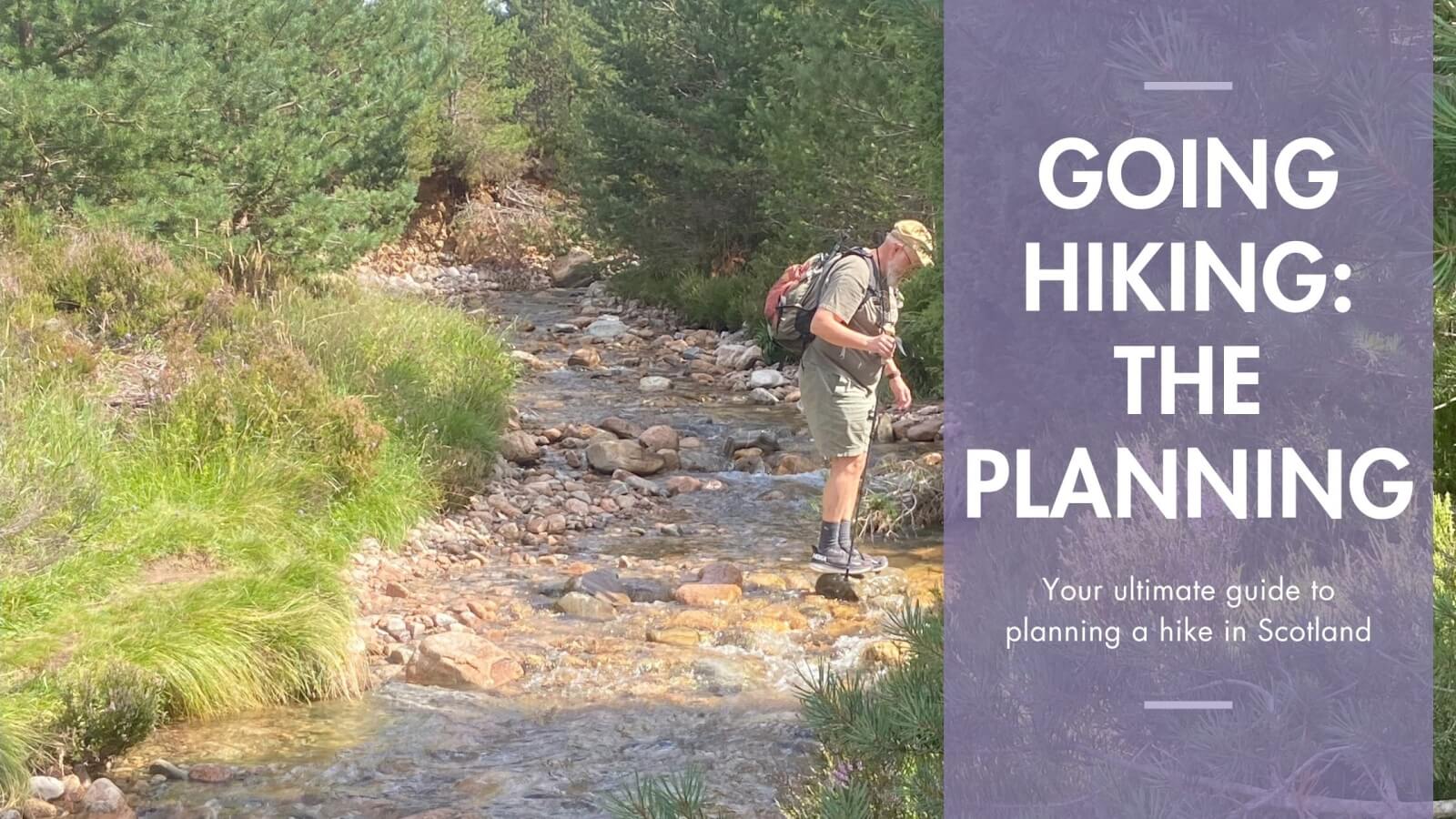Midges in Scotland have a reputation which far outweighs their size, but perhaps not their numbers.
Here in Scotland, we’re not subtle in our campaign to drive the visitors away. We emphasise the rain and then we start with the midge stories. And still people want to come. Well we’ve come up with a plan for you. We’re going to try and make sure you go back home without mentioning midge horror stories and without any stories of being drenched by rain. Our plan: visit the east.
How avoid the midges during your vacation in Scotland
1.Come between late September and late May
In the Highlands of Scotland, particularly in the Cairngorms, we can have an early frost in September or a late frost in May. Midges can’t survive a frost. If you arrive in Scotland, before the weather has warmed up too much you are unlikely to see many midges. Also if you visit in May or early September, you are also likely to encounter the best weather conditions Scotland has to offer. May 2018 (and June) have been exceptional in sunlight terms, but there is also now an increasing issue with the swarms of midges. Over on the west coast, it can be difficult to find builders at this time of year. Their work requires that they remain stationary or at least around the same site for extended periods of time, and the midges just won’t leave them alone. However, direct sunlight and windy conditions do mean that there are few if any midges around.
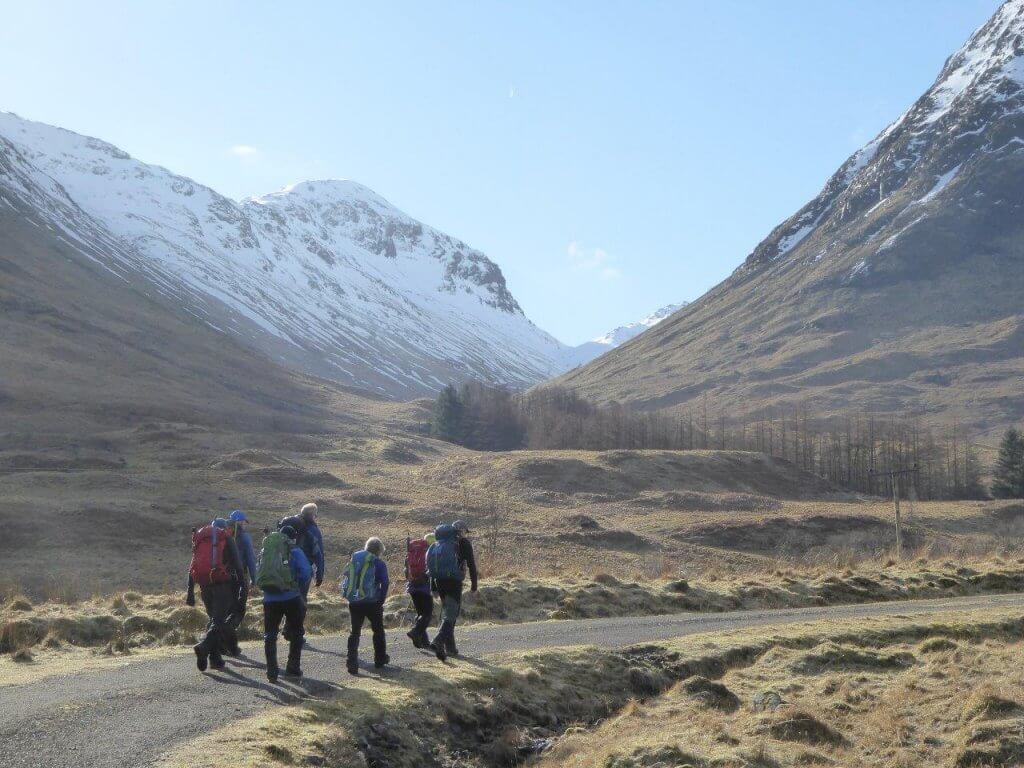
This photo was taken in Glencoe in March. This is when you can really enjoy hiking in the area. There is still snow on the ground, so it is not for the faint-hearted but there are no midges in Scotland and the air clarity is amazing. Perfect for photography.
We plan all our west coast walking holidays around both the best weather conditions and the height of the midge season. We rarely if ever, go to the west of Scotland between June and the end of August.
2. Visit the Eastern part of Scotland, including the Cairngorms National Park
We have our home base in Boat of Garten in the Cairngorms National Park for a number of reasons. High on the list is the lack of midges, in general. On a still, damp morning/evening, you definitely become aware of their presence in season, but more often than not we rarely encounter them. They can be a bother in the Cairngorms, but the drier weather here and the sometimes windy conditions, keep the levels of midge down to manageable levels.
Midges in Scotland do love damp forest conditions though as the trees provide them with shelter from the wind and the sun, so be careful if you picnic in the woods.
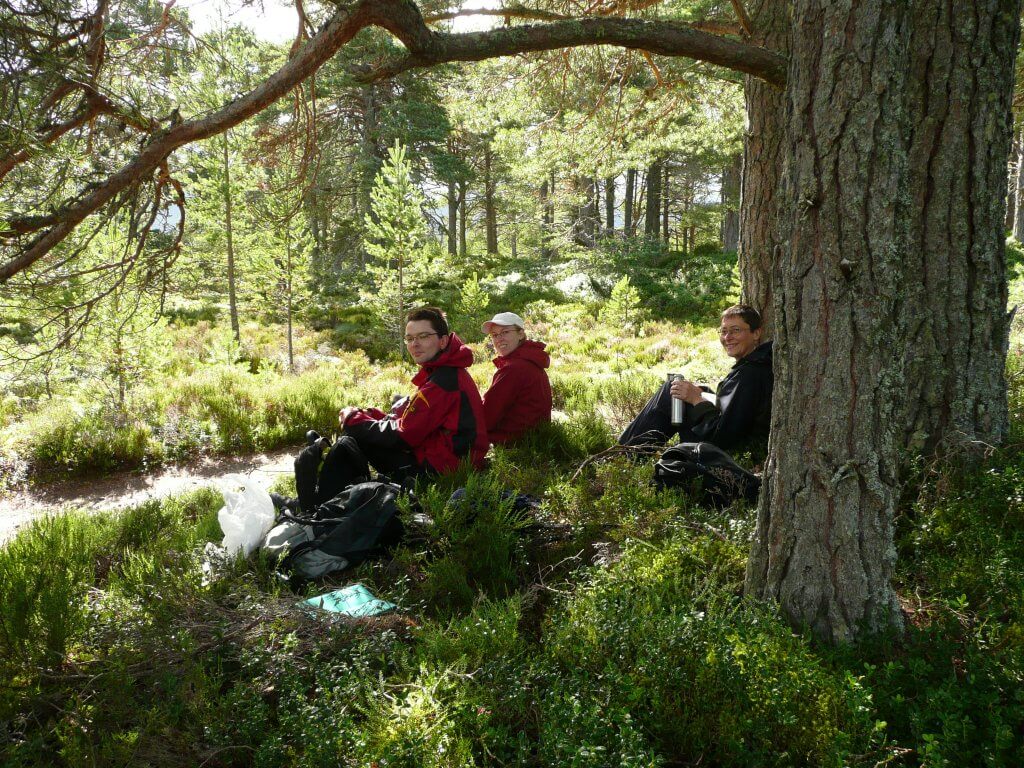
Relaxing in the shelter of the trees – beware the midges on a wind free day.
3. Go to museums, distilleries and castles on dull, dank days
On still, damp days our best advice would be to engage in something high speed (eg mountain biking or road biking or zip lining) which will keep the midges away from you as you generate your own “wind” ie slip stream. You’ll be moving too fast for them to keep up.
Failing something high adrenaline you could just admire the scenery from the seclusion of your car, being sure to insulate yourself from the outdoors with your air conditioning system or alternatively indulge yourself in a bit of culture or city life for the day.
There are plenty of museums you can visit, even in the Highlands. Or try a castle or distillery.
We recommend the following distillery tours:
Tomatin (especially if you have under-18s in your party)
Glenlivet (regular tours which are translated into most major European languages)
Glenfarclas (a more unique and family atmosphere than other distilleries)
Aberlour (highly regarded and recommended to us)
Or try to Speyside Cooperage – a unique opportunity to see the traditional coopers at work making and refurbishing the casks which are a vital part of the whisky industry.
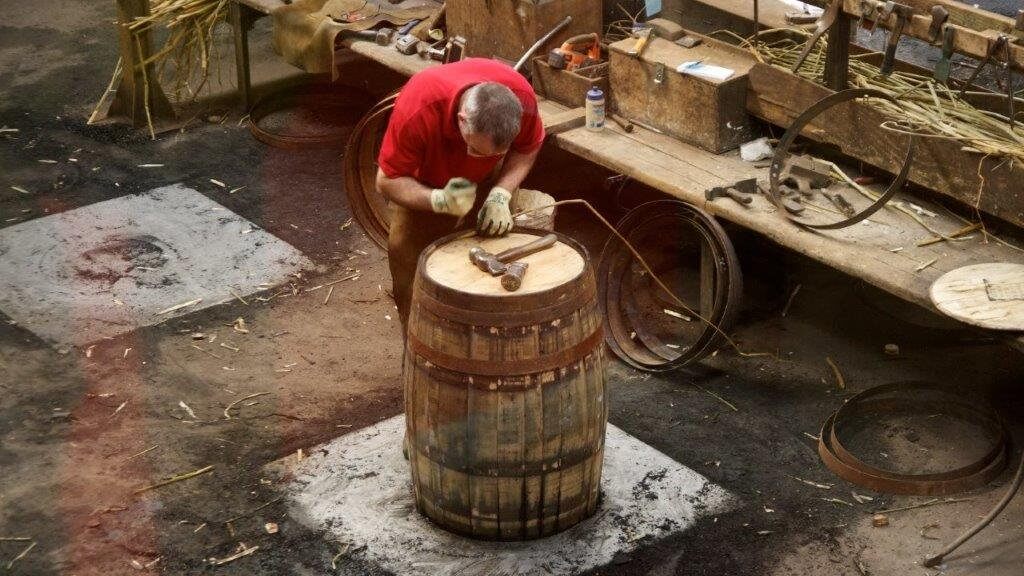
A cooper hard at work repairing casks at the Speyside Cooperage
4. Enjoy the wind
Midges are so tiny that they can’t tolerate any more than a very light breeze. There is a fine balance in how much wind you can enjoy before it starts to affect your enjoyment of your day out, but hopefully you will find there is a strong enough breeze to keep the midges away, but not too strong to prevent you from enjoying your hike. The strength of wind you can tolerate yourself will depend on your experience and body mass. If the wind is starting to push you around, you’ll stop enjoying your day out and be concentrating too much on trying to maintain a straight line to your destination.
5. Avoid the west coast
This is probably the hardest one to do if this is your dream vacation to Scotland. Almost everyone has at least one west coast destination on their itinerary, usually Skye. Stock up on plenty of repellent if you’re heading over between June and mid-September.
6. Check out the average rainfall before you leave, drier areas of Scotland have fewer midge hotspots
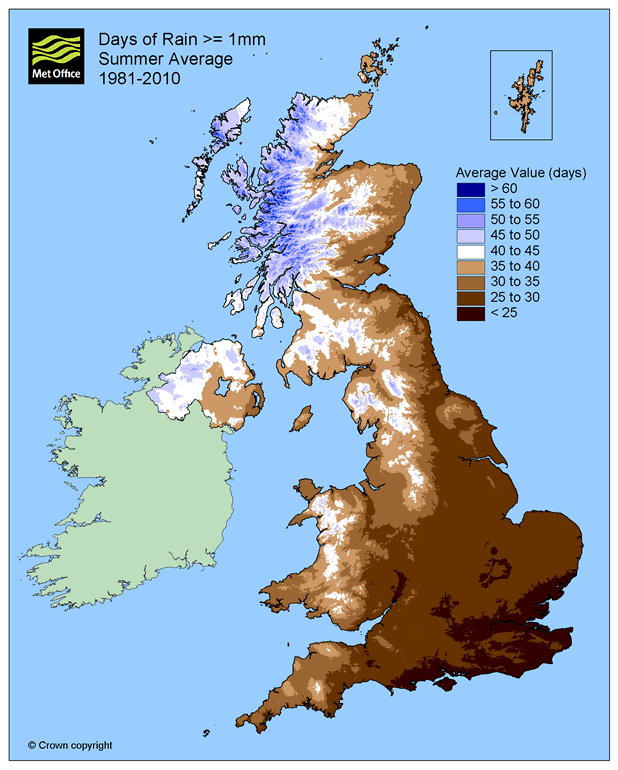
7. Check the midge forecast
8. Make sure you’re not out and about at dawn and dusk.
This is relatively easy advice to follow in early summer as dawn takes place so early and dusk so late, but by August it is worth being aware of the sunrise and sunset times.
If you’re planning an active vacation in Scotland, it’s worth checking out our programme as we have planned to include the best of the weather and the best of the midge free opportunities across the Highlands. We can also plan a tailor-made trip for you. If you base yourself with us we have good access to most other areas of the Highlands (except Skye and the Outer Hebrides) and can make the most of the best weather where ever it is.
Other precautions you can take:
For a light-hearted summary take a look at the video below:


